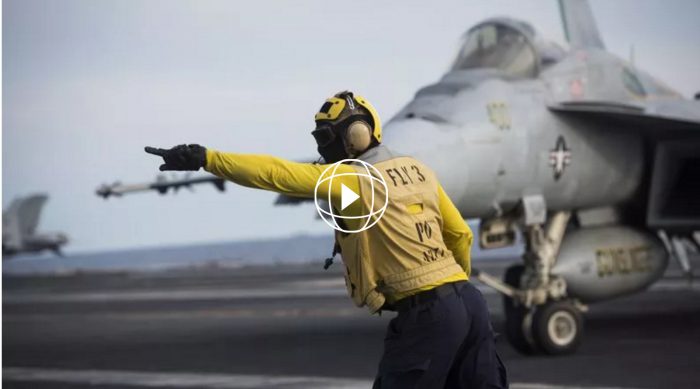
Earlier this year, Facebook approached the USA Today virtual reality team with a proposal. Facebook’s developer conference, F8, was a few weeks away, and the company was looking to partner with news organizations on VR projects that showed off some new interactive tools that it was building. USA Today was interested, but concerned that its small VR unit wouldn’t be able to turn around a project in time for the event.
The team did have ideas for projects that it wanted to do, however. One idea producers were particularly interested in was a VR tour of a whiskey distillery, which had never come to fruition. The Facebook partnership offered a new chance to chase down the idea, and gave Gannett’s Louisville Courier-Journal an opportunity to help things along. Reporters at the newspaper connected the USA Today VR team with staff at the iconic 200-year old Buffalo Trace distillery in Frankfort, Kentucky. The result was a detailed, interactive virtual look inside the operation, which Facebook was able to show off at its conference.
The collaboration was significant for USA Today, but not an entirely unique one. Gannett’s collection of newspapers, now branded as the USA Today Network, has been a big component of the company’s VR efforts over the past two years. Harvest of Change, a 2015 Murrow-award winning VR project that covered issues facing rural America, was developed with reporters and producers The Des Moines Register. USA Today has built on that early model with later projects, tapping local papers for project ideas and connections, as well as production and reporting support.
In a more recent project, USA Today used VR to take viewers on a trip aboard the USS Eisenhower, letting them experience jet launches, landing drills, and other combat training. Melissa Nelson-Gabriel, a longtime military reporter at the Pensacola News-Journal, joined the VR crew on the trip and wrote a companion piece about life on the carrier.
Robert Padavick, director of VR and 360-degree video at USA Today Network, wasn’t timid in describing the role that the local papers have had in the company’s VR efforts. “They’ve been crucial,” he said. “The local papers are the ones with the connections with local businesses and people. On almost every bigger VR project we’ve done, the local properties have had that kind of vital role,” he said.
Those local papers have helped USA Today expand both the scale and frequency of its VR projects. The USS Eisenhower project mentioned above, for example, was designed for the high-end HTC Vive headset and is fully interactive. Viewers can chose which drills they want to follow and which parts of the ship they want to explore. Other projects, while less production heavy, are published more frequently. Last November, USA Today launched VRtually There, its thrice-weekly flagship VR series created in conjunction with its in-house advertising agency, GET Creative. The series, now in its second season, adds three new episodes a week, taking viewers to exotic locales, letting them experience extreme sports and bringing them face-to-face with dangerous animals. The series’ executive producer is David Hamlin, who spent 20 years producing television documentaries for National Geographic.
Padavick said that, for USA Today, successful VR projects have to meet a few key criteria. VRtually There’s stories tend to be highly visual, showing viewers new experiences or otherwise offering them access to locations or people they might not otherwise meet. “The driving principle for us sounds simple at the end of the day: Does doing this in VR add value to the story? Does it distinguish our coverage in some way? If the answer is yes, then we pursue it. If it isn’t, then we don’t.”
VR, despite its promise, still faces plenty of obstacles that prevent it from reaching the mainstream. The most frequently cited issues tend to be technical: high-end headsets are still too expensive, and the low-end devices, while available to far more people, still lag technically (and don’t really offer true VR).
When it comes to VR news production, though, news organizations face their own particular issues. A recent report from the Google News Lab pointed out that, many of today’s journalists are ill-suited, training-wise, to the production particularities of VR: While reporters trained in traditional text-based and video journalism gravitate towards telling linear narratives, VR storytelling works best when it lets viewers “live” those stories themselves. USA Today has learned this firsthand. A 2015 video that let viewers experience what its like to fly with the Blue Angels featured narration from the pilot over the video, a production choice that detracted from the experience. “You’re not even necessarily hearing or processing the narration,” Padavick said. “We recognize that if something is really information-heavy and you have key stuff you want to get across, VR might not be the best place to do it at this point.”
This learning process is a healthy one, and a natural byproduct of news organizations’ figuring out what works in VR and what does not.
“We’re always really emphatic in saying that VR is not replacing anything we already do. It’s an additional way to tell a story,” said Padavick. “We have to remember that not only we as content creators are new to VR, but so is our audience. For a lot of people, it’s still very experiential. We’re all figuring out the best way to experience this technology.”